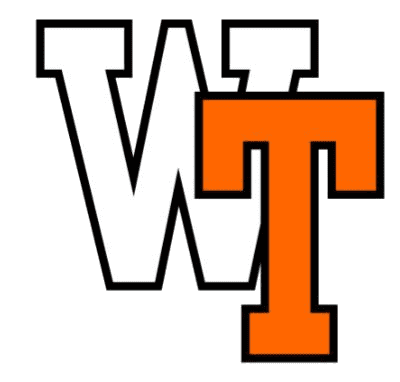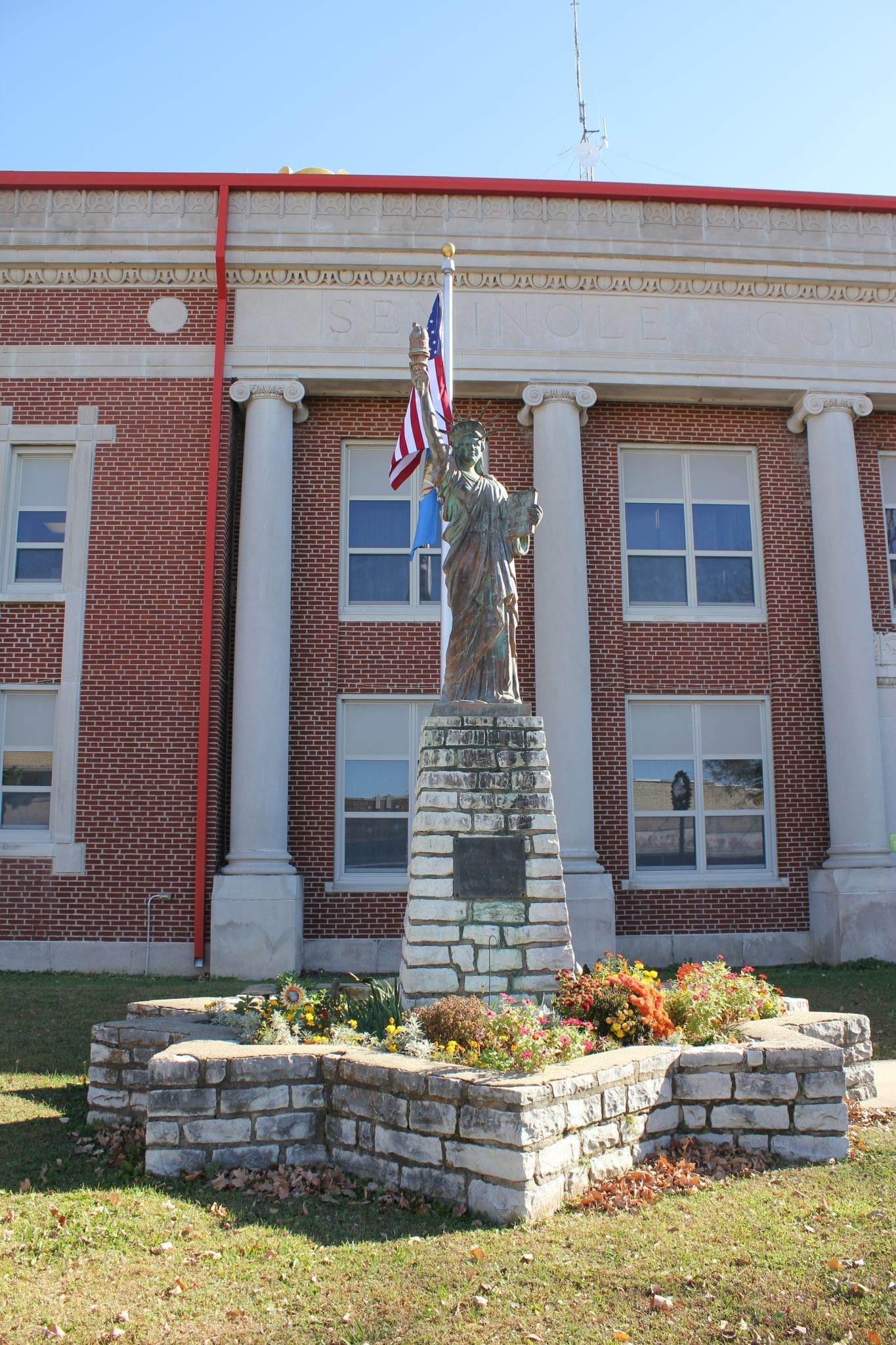Wewoka Public Schools Leverages Technology During the Pandemic and Beyond
 While no one foresaw what 2020 would bring, Wewoka Public Schools’ technology expansion in 2019 began preparing the school for the pandemic. The district began distributing Chrome devices to students through a 1:1 initiative in Oct. 2019. The high school was fully 1:1 by the end of November, and the school began deployment with the middle school in Jan. 2020. When the pandemic hit, both the high school and middle school were fully 1:1.
While no one foresaw what 2020 would bring, Wewoka Public Schools’ technology expansion in 2019 began preparing the school for the pandemic. The district began distributing Chrome devices to students through a 1:1 initiative in Oct. 2019. The high school was fully 1:1 by the end of November, and the school began deployment with the middle school in Jan. 2020. When the pandemic hit, both the high school and middle school were fully 1:1.
After schools transitioned to remote learning in March, the school began gathering and distributing devices to their elementary students. At the start of the 2020/2021 school year, the school entered the semester with a complete 1:1 program. It’s been vital during the pandemic, as the school has alternated from virtual learning, to A/B schedules and at times, 100% traditional. Regardless of the pandemic, 1:1 technology helps meet the needs of every child.
“We provide students a fully one-to-one environment in each classroom. This allows teachers to prepare lessons for the students that are both exciting and on skill level,” said High School Principal Steven Edwards. “With the world we live in, many colleges have gone to online classroom components on top of in-person class time. We are preparing our students for their next steps in education.”
Wewoka is a rural community in Oklahoma with a population of 3,271. The community serves as the county seat for Seminole County and the capital of the Seminole Nation of Oklahoma. The school is central to the community.
The mission of Wewoka Public Schools is to establish an atmosphere that empowers each student to develop character and confidence, provide the opportunity for exemplary academic experiences, and promote a lifelong pursuit for personal success. The school district recently received a grant to hire a JAG – Jobs for America’s Graduates – school liaison. Wewoka was one of six Oklahoma districts selected for the grant and the only rural school district selected to be a part of the program.
 For this school district, technology is vital for providing quality academic experiences and for continual learning during the pandemic. According to Stephen Howard, the school’s technology director, the ability to use learning management systems like Google Classroom and Canvas makes it possible for the school to toggle between virtual learning and brick and mortar teaching.
For this school district, technology is vital for providing quality academic experiences and for continual learning during the pandemic. According to Stephen Howard, the school’s technology director, the ability to use learning management systems like Google Classroom and Canvas makes it possible for the school to toggle between virtual learning and brick and mortar teaching.
“This is possible because of our 1:1 initiative and our very flexible teachers,” said Howard. He says providing Wi-Fi hotspots to families without internet access also has been crucial to student success during this time.
Howard said for rural schools, geography often can be a challenge; however, geography isn’t a challenge when it comes to high-speed internet.
Wewoka Public Schools has been a OneNet customer since 1997, when it connected to the network with two T1s. Over the years, the school has upgraded its bandwidth four times. In October, the school transitioned from a 1Gbps connection to 5Gbps, a significant upgrade in speed.
“We are in the process of updating our infrastructure and have moved to a 5Gbps connection,” said Superintendent Shellie Gammill. “We will be replacing old equipment, and our wireless internet will be lightning fast when we have completed the upgrades.”
Howard says OneNet has been a consistent and reliable partner. This partnership, along with the federal E-Rate and Oklahoma OUSF funding programs, has allowed the school to plan ahead.
“Through E-Rate, OUSF and OneNet, we are building a network that is going to be built not just for today, but for years to come,” said Howard.
Building a network for the future is a key priority for rural schools, who often can be isolated.
“Without great infrastructure and data, we would not be able to give our students access to opportunities found in larger metropolitan areas,” said Howard.
With these assets, the school is able to offer STEM programs, including robotics and computer coding for grades 3rd through 12th. High school students receive credit from Gordon Cooper Technology Center for participating in robotics. Students also have participated in drone, sea perch (underwater drones) and robotics contests and have the opportunity to attend a variety of STEM trainings.
“We plan on continuing to expand our technology-related experiences for the students that attend Wewoka,” said Gammill.
In addition to STEM training, Gammill said the district offers a wide variety of online programming, opening opportunities for students to explore different areas of study. “We have alternate education and virtual programming for students who do not want to go the traditional route for their educational experiences,” she said.
These opportunities make the school a great example of how rural schools can leverage technology to provide first-rate learning experiences for their students, according to OneNet’s Executive Director Vonley Royal.
“Wewoka Public Schools are maximizing technology resources to advance learning in ways that make a huge difference for their students,” said Royal. “They are preparing their students for success in STEM and other areas, such as art and music.”
Wewoka’s teachers and staff are ensuring that they meet their mission of promoting personal success. Having partners who believe in their mission, like OneNet, are vital to this accomplishment as well.
“Everyone (at OneNet) seems committed to our success,” said Howard.

May I publish this in the Wewoka Paper? I am an editor for the Seminole and Wewoka papers. Thank you, Heather Scheller
Heather, Thanks for publishing the story in the papers. Best, April Goode, OneNet Communications Director